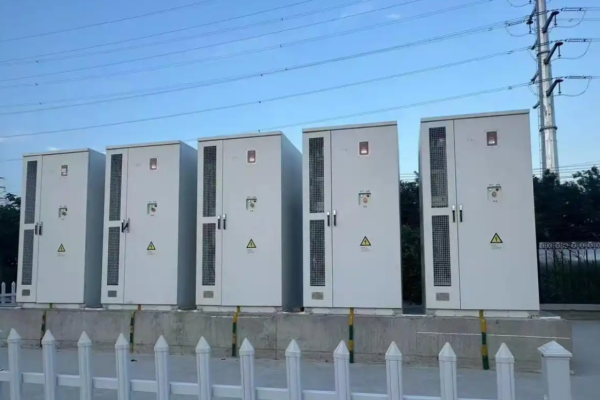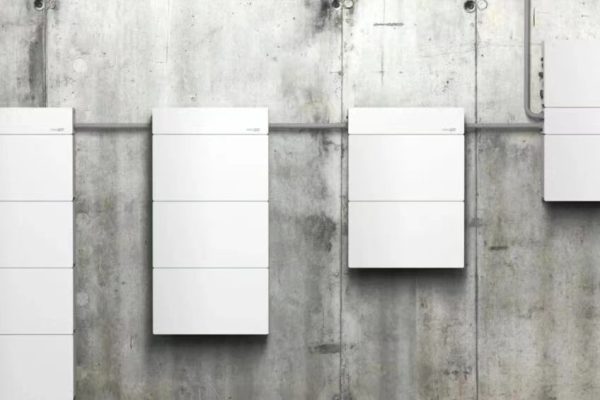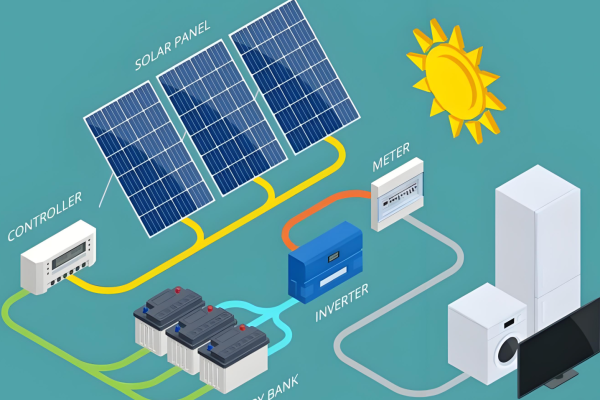A Global Guide for Export-Focused Integrators and Installers
📌 Why Certifications Matter for PV + ESS Products
As solar and battery technologies converge into hybrid or all-in-one solutions, compliance becomes more complex. Whether you’re exporting to Europe, selling to a U.S. installer, or launching a product in Southeast Asia, having the right certifications is no longer optional — it’s the key to:
- Market access
- Grid connection approval
- Insurance coverage
- Customer trust
This guide summarizes the most relevant certifications and testing standards for PV+ESS systems, focusing on key export markets and typical product types.
🔌 System Types Covered
This article applies to:
- ✅ Hybrid Inverters (with PV + battery input)
- ✅ All-in-One ESS (battery + inverter in single enclosure)
- ✅ Modular Residential ESS (separate components, sold as a system)
- ✅ Commercial Systems (<500kW scale, behind-the-meter)
🌍 1. Global & Safety Standards
🔹 IEC 62109 (Parts 1 & 2)
Scope: Safety of power converters (inverters, chargers)
Applies To: All PV and hybrid inverters
Required In: EU, Australia, many parts of Asia, LATAM
Note: Essential for CE declaration
🔹 IEC 62619 / IEC 62620
Scope: Safety of lithium battery systems
- 62619: Stationary applications
- 62620: Larger prismatic/cylindrical cells
Applies To: Any battery module or cabinet
Often Required For: Grid connection, transportation permits
🇪🇺 2. EU Market (CE + Grid Codes)
🔹 CE Marking (Conformité Européenne)
Bundle Includes:
- EMC (EN 61000 series)
- LVD (Low Voltage Directive)
- RoHS (Restriction of Hazardous Substances)
- RED (if Wi-Fi/4G communication)
🔹 EN 50549-1 / EN 50549-2
Scope: Grid connection rules for energy sources
- Part 1: Low-voltage connection (<16A/phase)
- Part 2: Medium-voltage
Needed For: On-grid hybrid systems in most EU countries
🔹 EN 50530
Scope: MPPT efficiency test for inverters
Note: Not mandatory everywhere, but increasingly used by utilities
🇺🇸 3. USA Market (UL + Grid)
🔹 UL 1741 / UL 1741 SA / UL 1741 SB
Scope: Inverter and ESS grid compliance
- SA: Smart inverter grid functions
- SB: Latest update for IEEE 1547-2018 compliance
Required For: All grid-tied inverters in U.S.
Check For: “SunSpec-certified” for fast approval
🔹 UL 9540 / UL 9540A
Scope: Complete energy storage system safety
- 9540A: Fire propagation test for lithium batteries
Who Needs It: All all-in-one or containerized ESS systems
Important For: Residential & commercial permits, insurance
🇯🇵 4. Japan (JET Certification)
🔹 JET (Japan Electrical Safety & Environment Technology Laboratories)
Applies To: PV modules, inverters, batteries
Required For: Grid interconnection approval in Japan
Language Barrier: All documentation must be in Japanese
Recommendation: Partner with a local technical consultant
🇦🇺 5. Australia & New Zealand
🔹 AS/NZS 4777.2
Scope: Grid connection of energy systems
Required For: All inverters for on-grid applications
🔹 CEC (Clean Energy Council) Approval
Needed For: Product listing for rebates and installation
Includes: Safety + performance + documentation
Timeline: 1–2 months processing for well-documented brands
🔄 6. International EMC & Communication Standards
- IEC 61000 series: Electromagnetic compatibility
- EN 55032 / CISPR 32: Emissions testing for IT devices (relevant if ESS includes EMS with screens or network interfaces)
- Modbus/TCP Conformance (optional but useful for BMS/EMS integration)
✅ Certification Checklist by Product Type
| Product Type | Key Certifications |
|---|---|
| Hybrid Inverter | IEC 62109, EN 50549, UL 1741, AS/NZS 4777.2 |
| Lithium Battery | IEC 62619, UL 1973, UN38.3, CE |
| All-in-One ESS | IEC 62109 + IEC 62619 + EMC + 9540A (if USA) |
| Solar Panel + ESS Kit | CE + UN38.3 + grid compliance per region |
📂 Tips for Export-Oriented Companies
- ✈️ Prepare a compliance file with all test reports, DoC, and label templates for customs & clients
- 🔧 Use modular certification — certify sub-components first (battery, inverter), then test system integration
- 🛡️ Don’t fake CE: Customs and utilities are getting stricter on documentation
- 💬 Add multilingual labels & manuals: Often a hidden compliance bottleneck
- 📄 Request “CB Test Report” to speed up local certification in multiple markets
Whether you’re a manufacturer, system integrator, or distributor, certification is the first step to trust and scalability. Instead of seeing it as a cost, treat it as an export passport — one that opens markets, prevents delays, and gives your product global credibility.
💡 Pro Tip: When evaluating hybrid inverters or ESS from OEMs, always ask:
“Can you show me the actual IEC or UL test report PDF?”, not just a logo.









